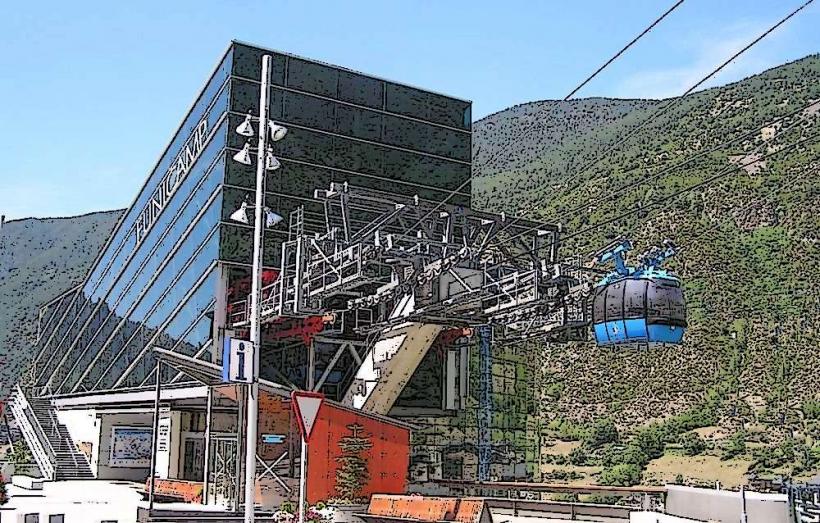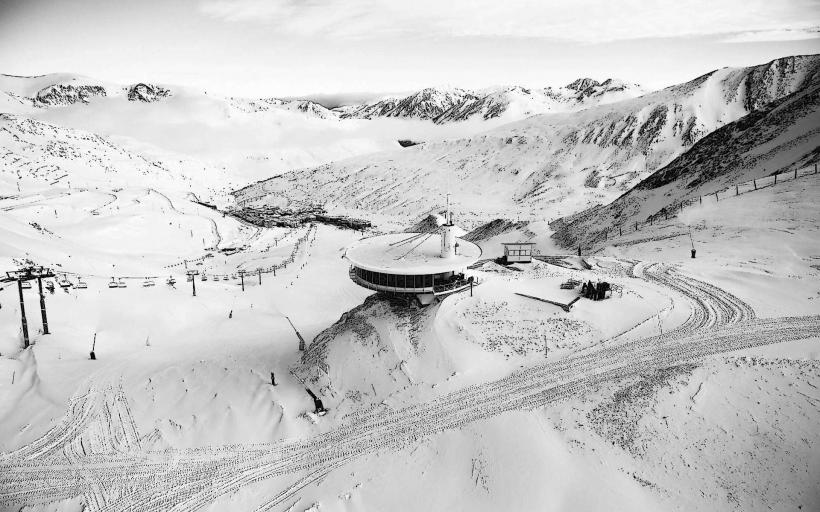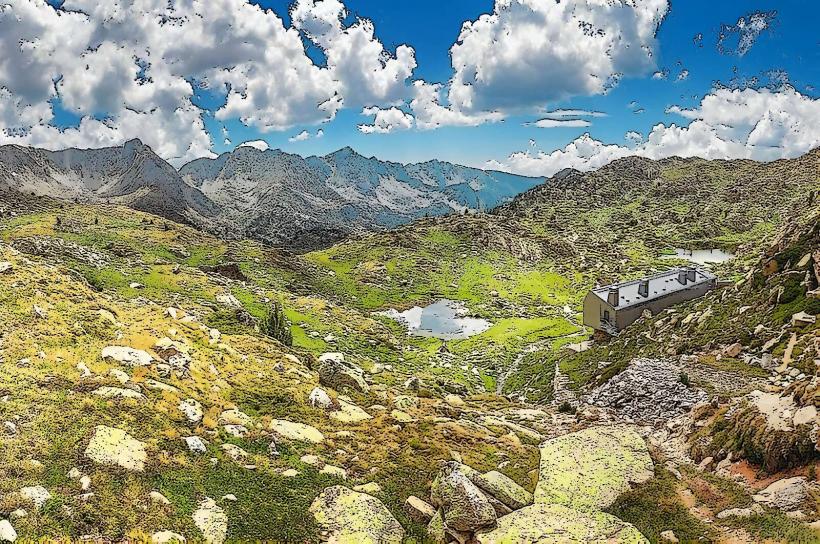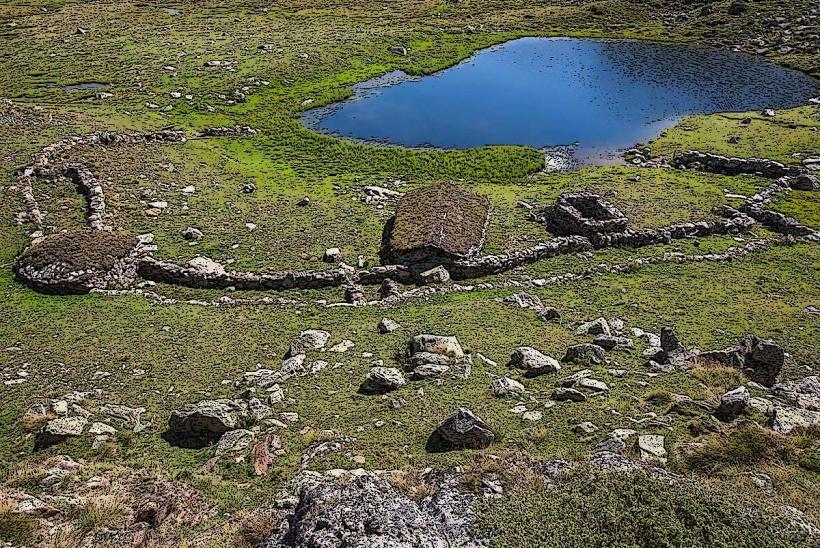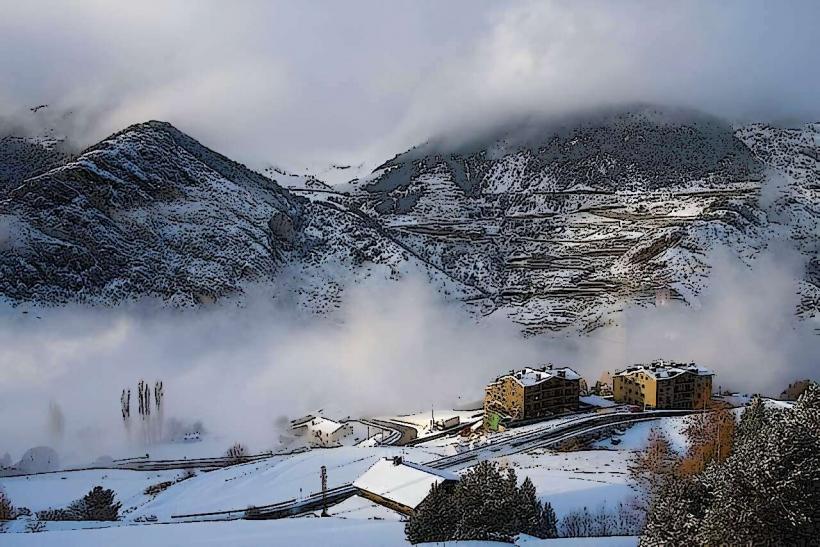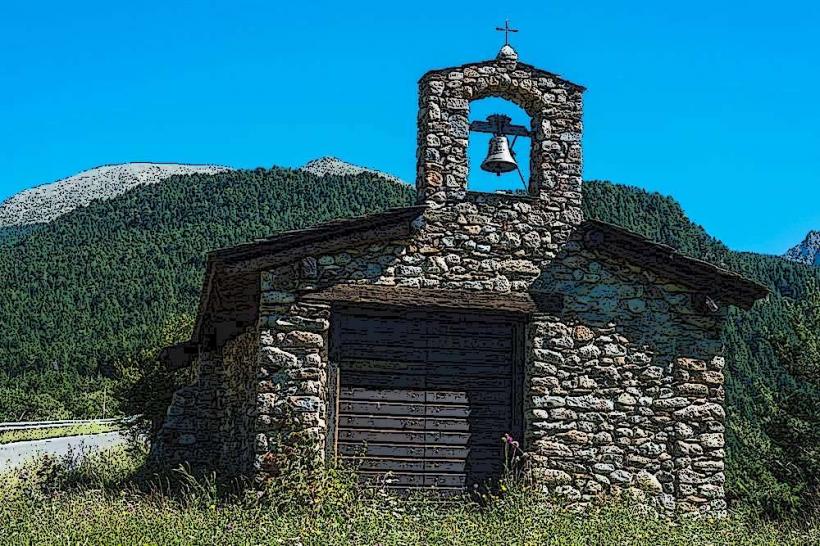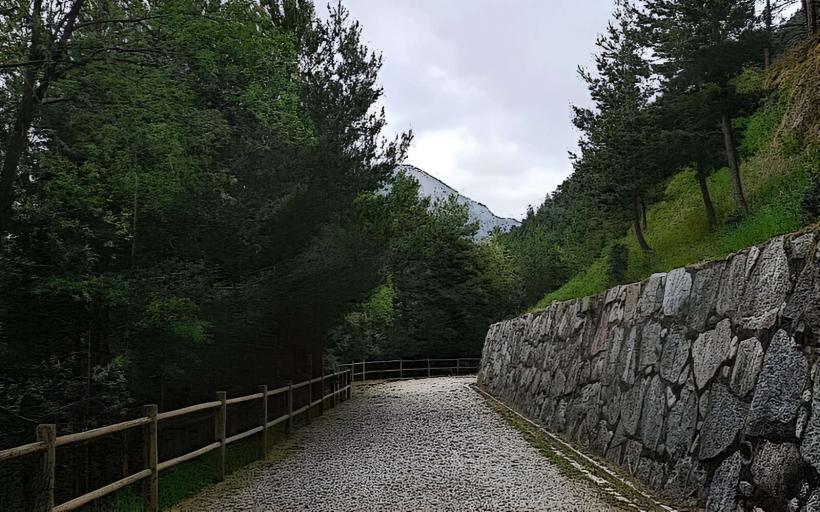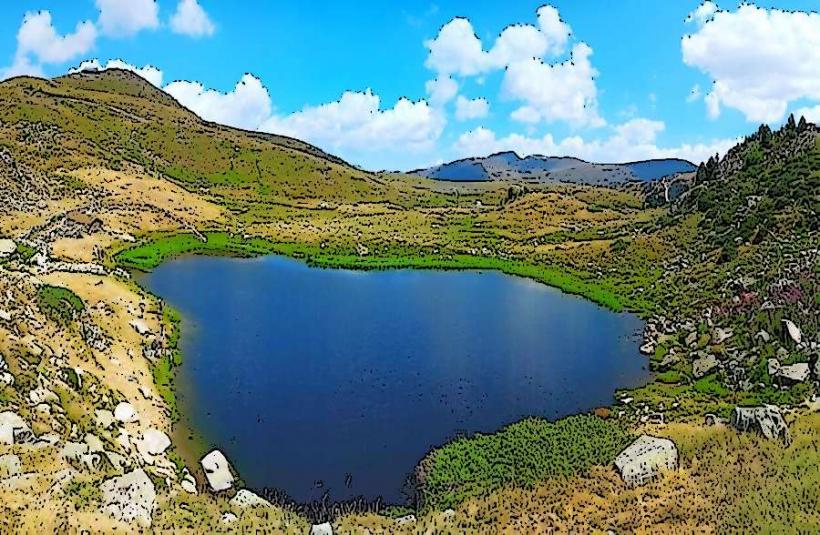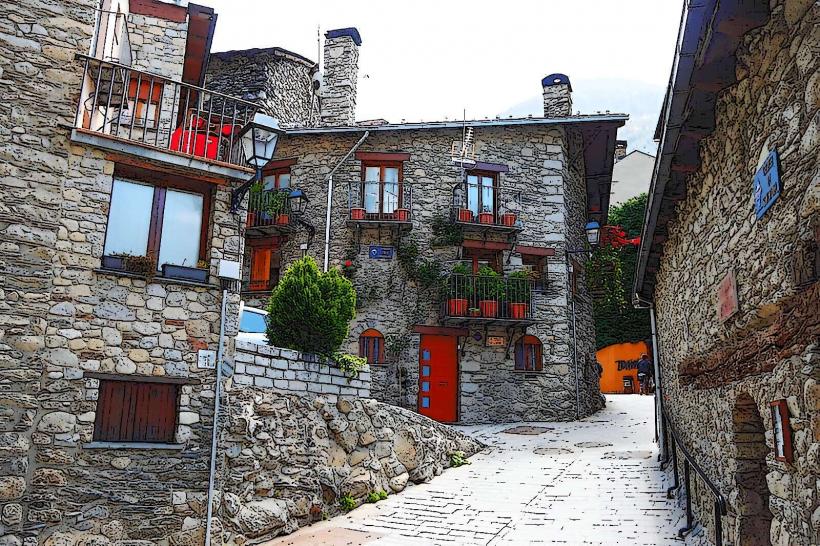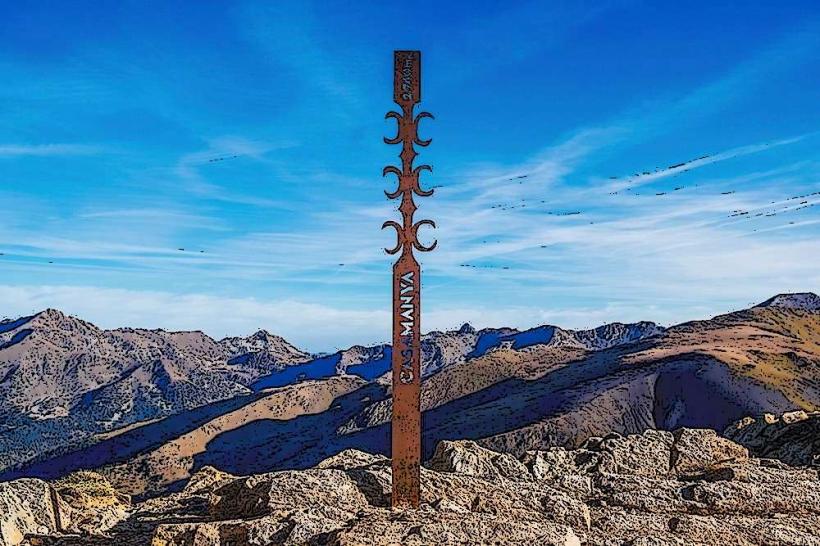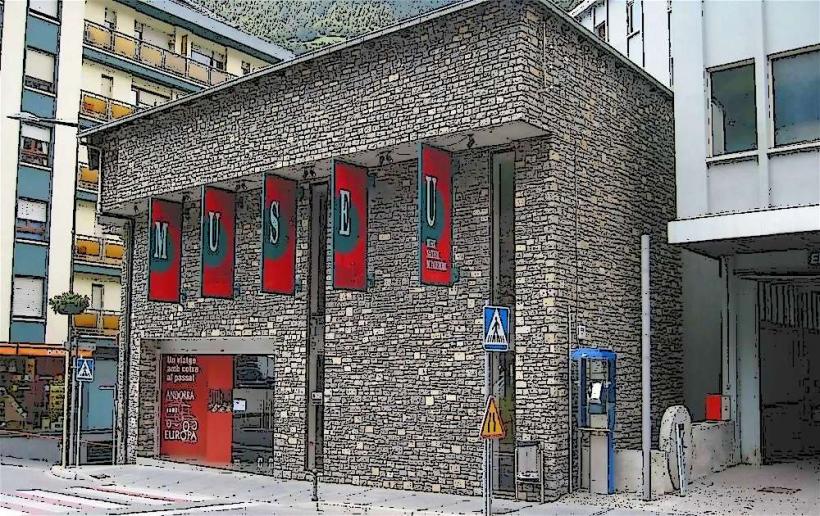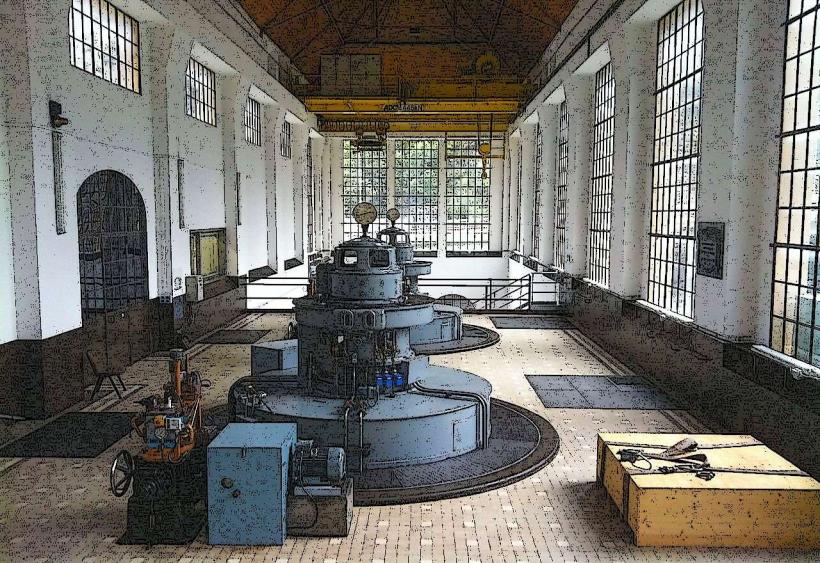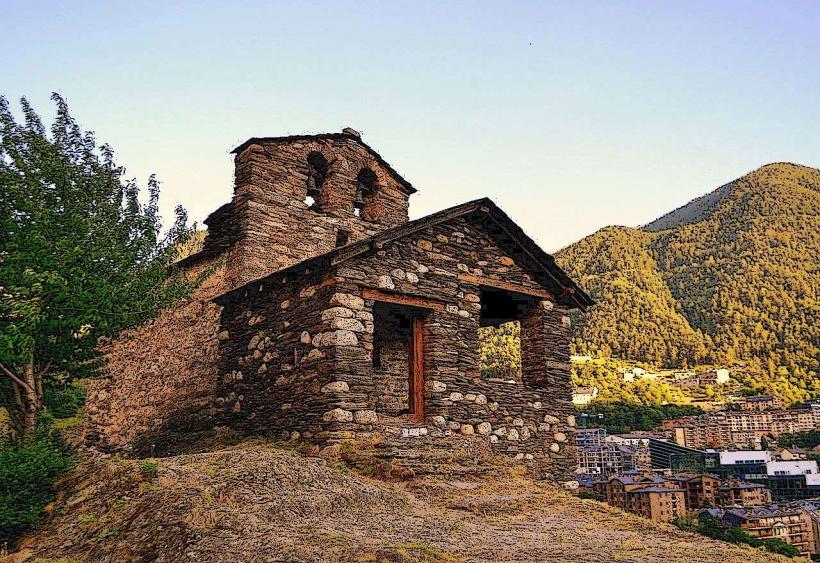Information
Landmark: La Coma ObservatoryCity: Encamp
Country: Andorra
Continent: Europe
La Coma Observatory (Observatori de La Coma) is a small, but significant astronomical observatory located in Andorra, specifically in the Vall de la Coma area, within the Parròquia de la Massana. The observatory is dedicated to promoting the study of the night sky, offering a unique opportunity to explore astronomy and the celestial wonders of the Pyrenees region. It is part of Andorra's effort to balance its natural beauty with scientific exploration and public outreach.
1. Location and Setting
- Location: The observatory is located at a high altitude in the Vall de la Coma, an area known for its clear skies and low light pollution, making it ideal for astronomical observations. It is positioned near La Coma, a natural area surrounded by mountains, which provide a beautiful backdrop for stargazing and astrophotography.
- Altitude: Situated at an elevation of approximately 1,700 meters (5,577 feet) above sea level, the observatory benefits from relatively clear air and minimal atmospheric interference, which are crucial for astronomical observation.
- Access: The observatory is accessible by road, with some hiking trails leading to it from nearby areas, making it a popular spot for visitors who want to combine outdoor activities with their interest in astronomy.
2. History and Purpose
- Established: La Coma Observatory was established with the aim of increasing interest in astronomy and science within Andorra and across the Pyrenees. It also seeks to foster international cooperation in space research and scientific activities.
- Scientific Outreach: The observatory serves as an educational facility, offering programs for schools, researchers, and the general public. Its mission is to educate people about the universe, space, and the importance of preserving dark skies for scientific and ecological purposes.
- Collaboration: The observatory has collaborated with other scientific institutions, both in Andorra and abroad, to contribute to space research and observations. It is part of a broader movement in the Pyrenees region to establish scientific and educational hubs focused on environmental and astronomical studies.
3. Facilities and Equipment
- Telescope: La Coma Observatory is equipped with a professional-grade telescope, designed for both research and public observation. The observatory features a reflecting telescope with a large aperture, ideal for viewing distant celestial bodies such as stars, planets, galaxies, and nebulae.
- Observing Deck: The observatory has an observing deck where visitors can take part in stargazing sessions, often guided by experts. This deck is strategically placed to offer 360-degree views of the night sky, ensuring unobstructed views of the stars and planets.
- Planetarium and Multimedia: Some parts of the observatory may include planetarium-style projections and multimedia displays that provide an interactive experience of the universe, allowing visitors to learn about the stars, constellations, and other cosmic phenomena in an engaging way.
- Dark Sky Area: The observatory is located in a dark sky zone, which is a protected area where light pollution is minimized. This makes it an excellent location for astrophotography, as the lack of artificial light allows for sharper, more vivid images of the night sky.
4. Educational and Public Programs
- Stargazing Events: The observatory organizes stargazing events that are open to the public, especially during times of celestial events like meteor showers, eclipses, or planetary transits. These events often include live commentary by astronomers, who explain the different objects visible in the sky and how they can be observed with the telescope.
- Workshops and Lectures: There are workshops and lectures offered regularly on topics such as astrophysics, planetary science, stellar evolution, and space exploration. These sessions are designed for both beginners and those with more advanced knowledge of astronomy.
- Night Sky Tours: For those interested in exploring the night sky independently, the observatory provides night sky tours, where visitors are guided through the constellations and told the stories behind the stars and planets.
- School Programs: The observatory has a strong educational focus, with specific programs tailored for schoolchildren and young students. These programs are designed to foster an early interest in science and astronomy by giving students hands-on experience with telescopes and other observational tools.
5. Key Features and Attractions
- Clear Skies: One of the key reasons why La Coma Observatory is so popular is the excellent visibility of the night sky in the surrounding area. Andorra's high-altitude location and low light pollution provide perfect conditions for stargazing, especially for observing deep-sky objects such as galaxies, star clusters, and nebulae.
- Celestial Events: Visitors to the observatory can witness some of the most spectacular celestial phenomena, such as meteor showers, eclipses, planetary transits, and even occasional comet sightings. Special events are often planned to coincide with these occurrences.
- Spectacular Views: The observatory is set in a stunning mountain landscape, offering panoramic views of Andorra’s rugged peaks and valleys. The combination of natural beauty and astronomical wonder makes a visit to La Coma Observatory a unique experience.
6. Best Time to Visit
- Autumn to Spring (September to April): The best time for stargazing is during the autumn and winter months when the skies are clearer, and the temperatures drop, reducing atmospheric turbulence. The lack of snow during this period also makes it easier to access the observatory.
- Summer (June to August): Summer also offers great opportunities for stargazing, though there can be more atmospheric turbulence due to the warmer temperatures. This is the peak tourist season in Andorra, and the observatory offers evening programs for visitors during this time.
7. Additional Information
- Accommodations: For those visiting the observatory, there are various accommodations available in nearby areas, particularly in La Massana and Ordino, which offer hotels, mountain lodges, and guesthouses. Visitors can stay overnight and return for more stargazing activities the next evening.
- Accessibility: The observatory is accessible by road, and visitors can drive up to the observatory, although there may be some paths leading up to it for more adventurous guests who prefer hiking. It is advisable to check the accessibility in winter when snow can block certain routes.
Conclusion
La Coma Observatory offers a unique opportunity for astronomy enthusiasts and tourists to experience the wonders of the night sky in one of the best stargazing locations in the Pyrenees. With its advanced equipment, educational programs, and stunning setting in the mountains of Andorra, the observatory provides an engaging and educational experience for all visitors, whether they are experienced astronomers or complete beginners.


